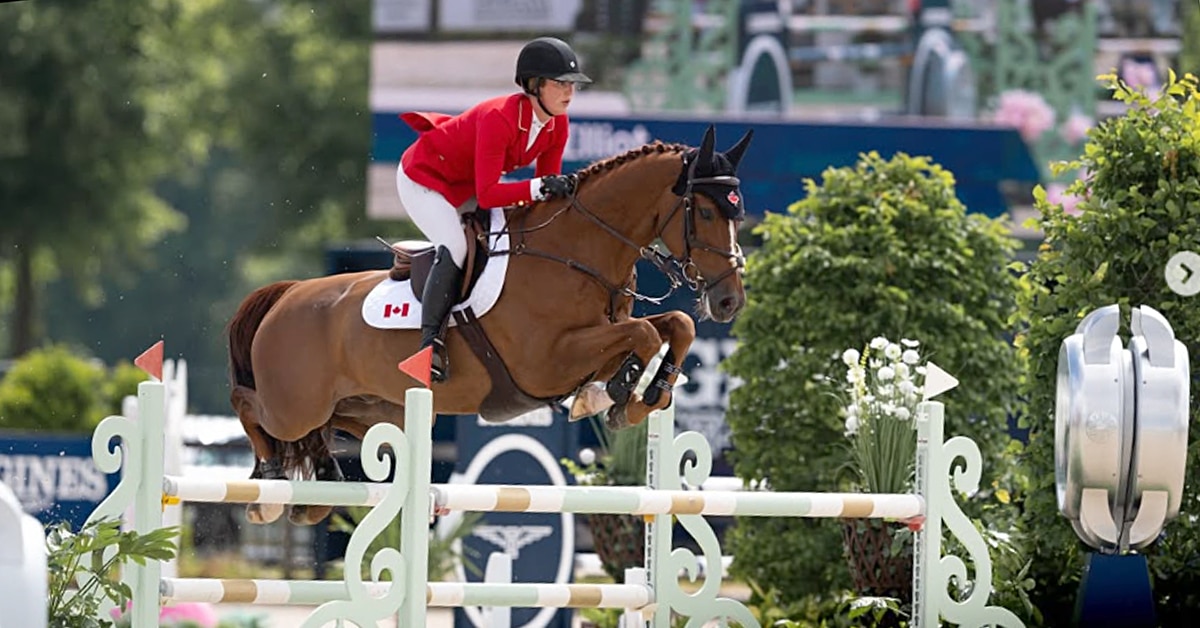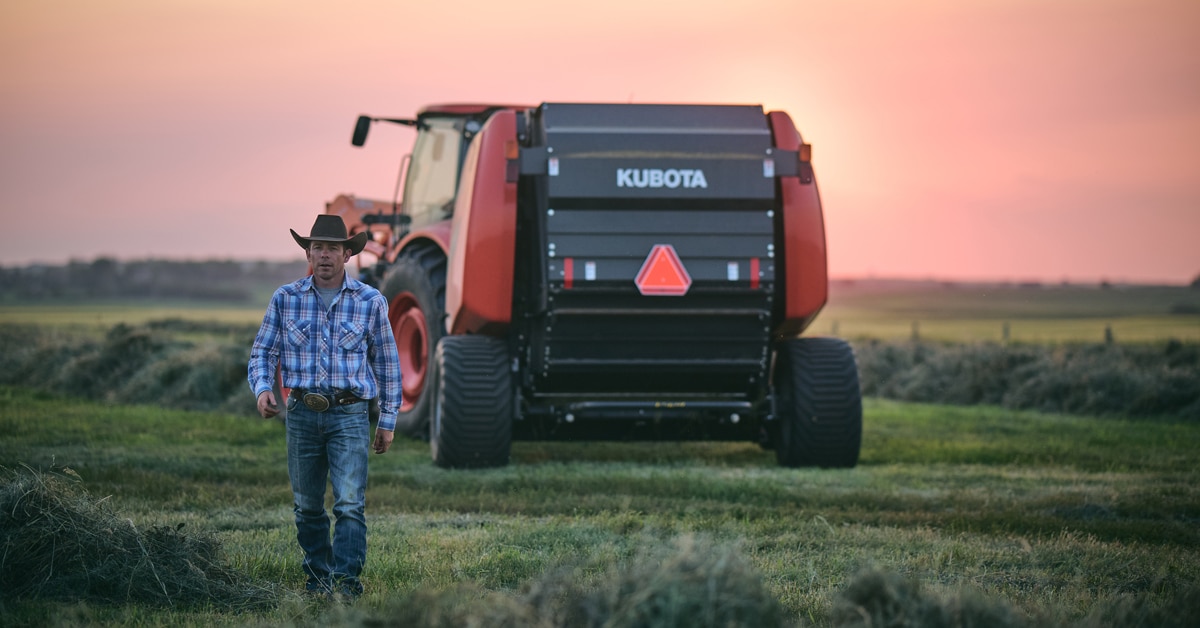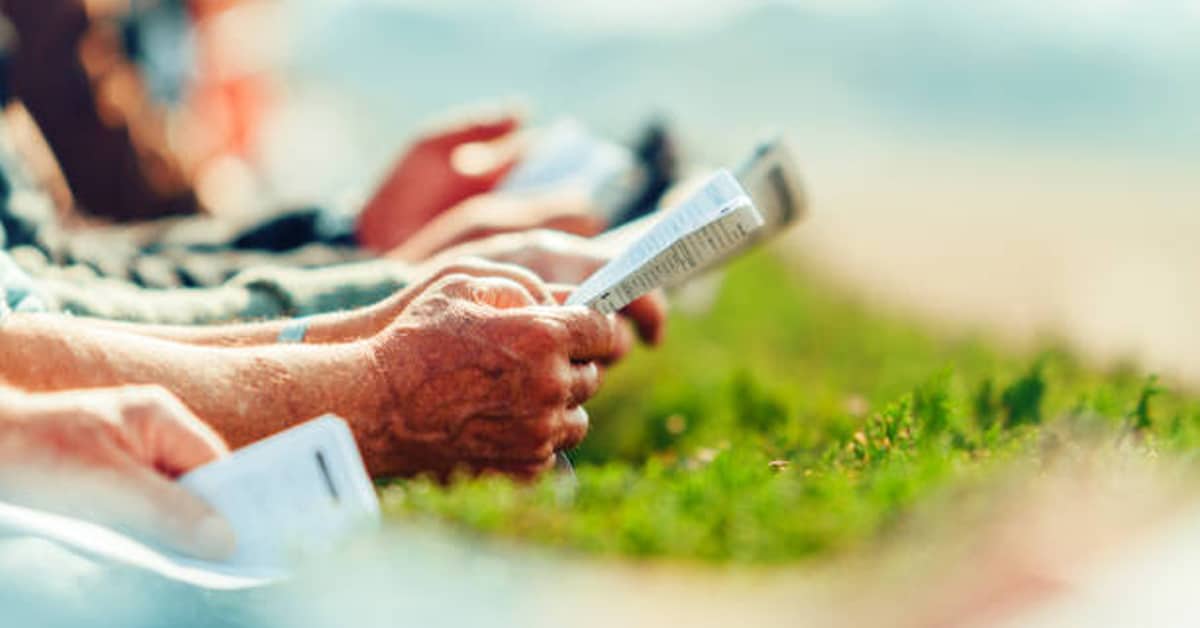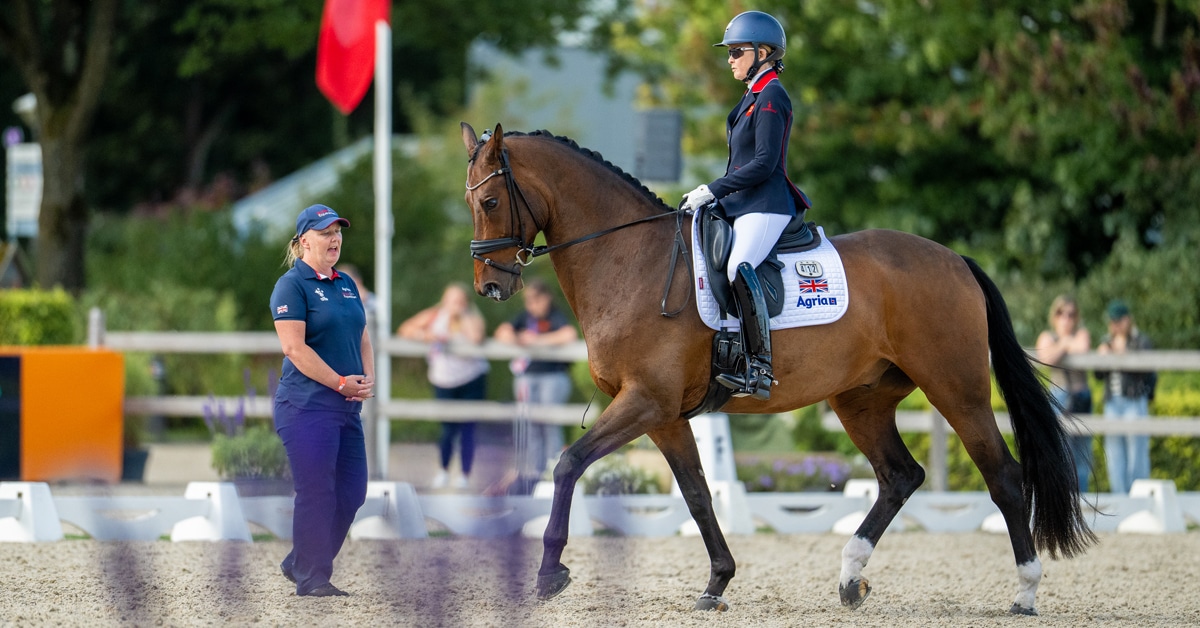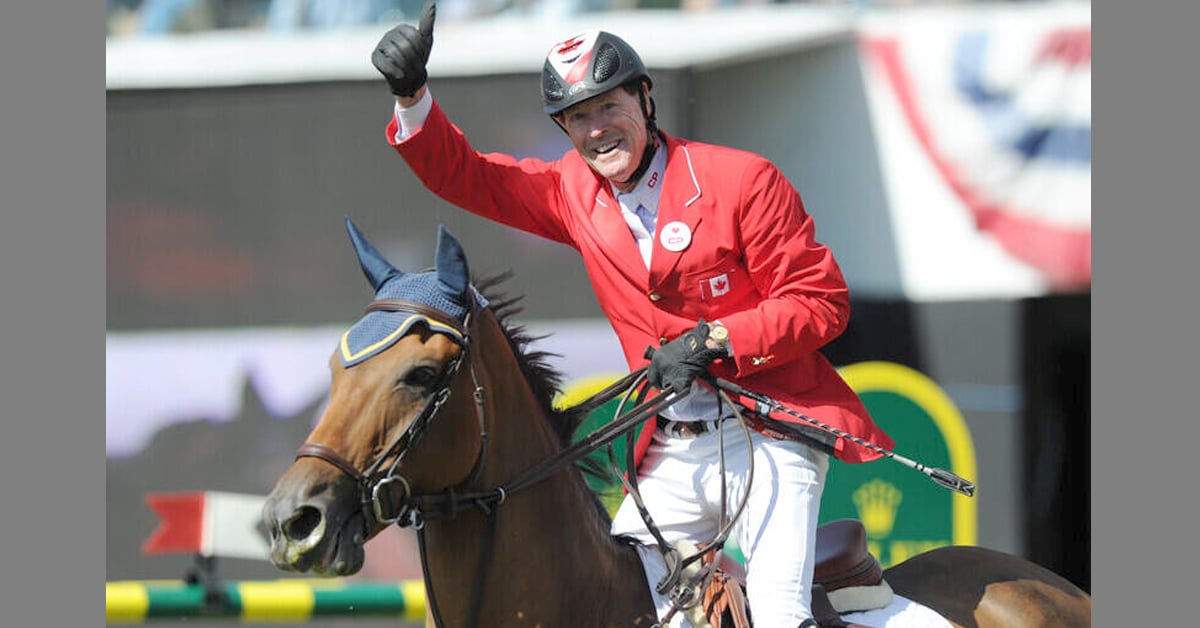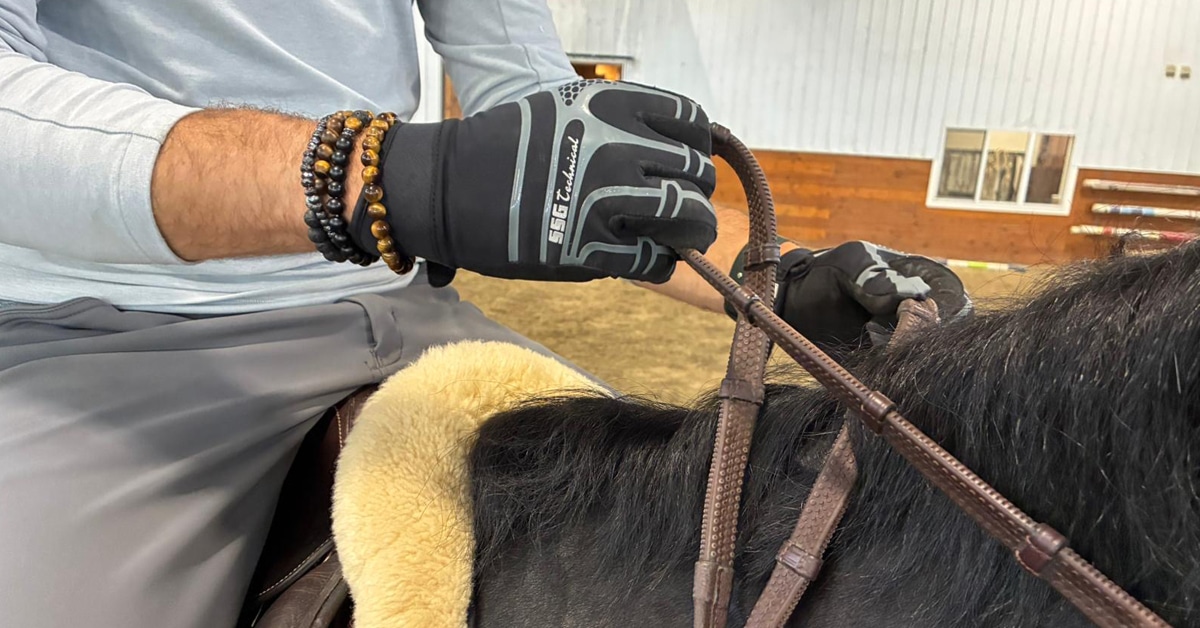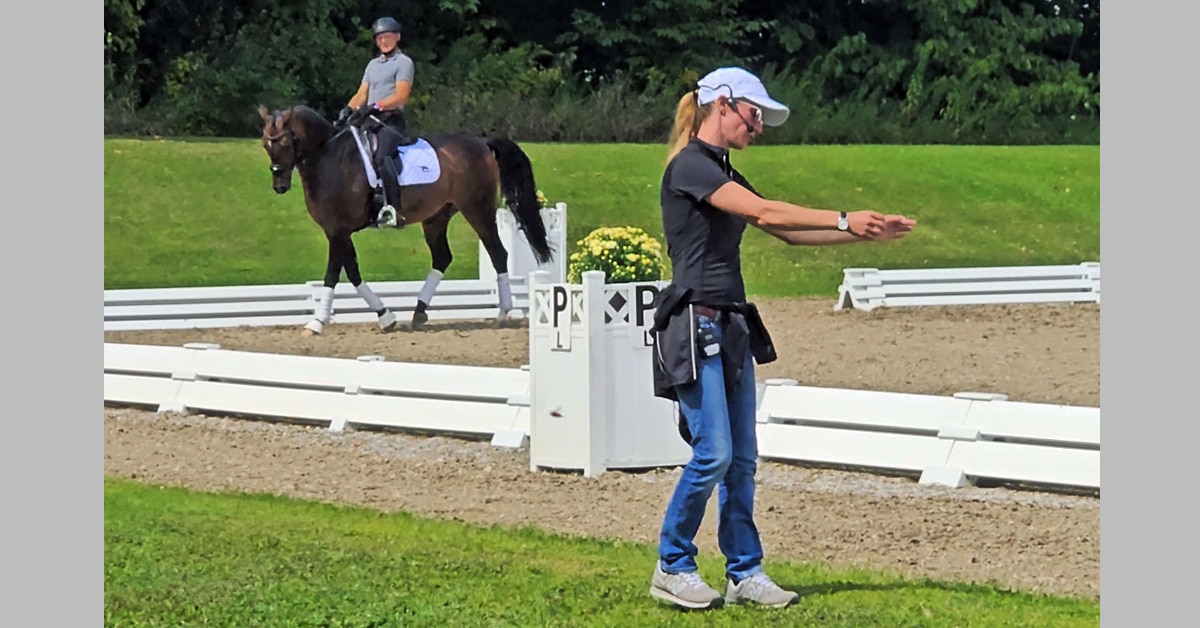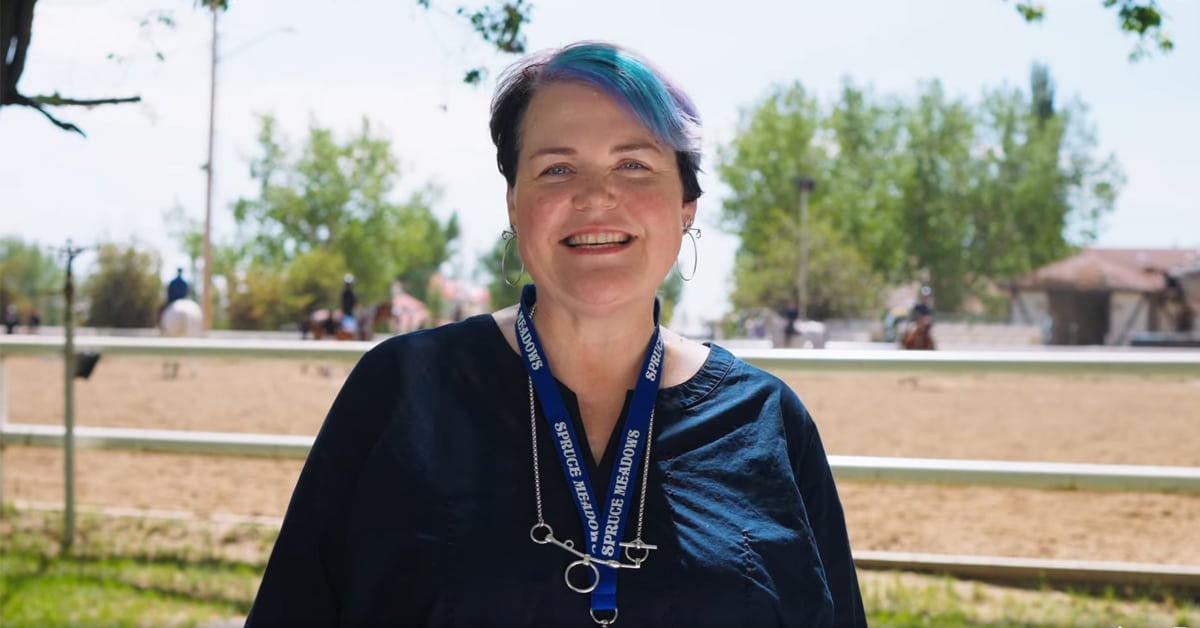In addition to finishing seventh in the 2002 World Cup Final, Ingrid rode the six-year-old Damon Hill to victory in the 2006 World Young Horse Dressage Championship; she trained the stallion to grand prix before he went on to win team silver at the 2012 Olympics with Ingrid’s former student Helen Langehanenberg. In 2012, Ingrid became only the second woman in history to be promoted to the status of Reitmeister. She has lectured extensively and produced DVDs on the use of the cavaletti. Ingrid also co-authored an updated version of the classic training book, Cavaletti, with her late father.
The forgotten tool
In the equestrian world today, there is no greater promoter of the use of cavaletti than Ingrid Klimke. She comes by her passion for the training tool honestly; the classic 1966 book written by her father, Reiner, has long been the ultimate reference for cavaletti exercises. “Cavaletti are a great help for every horse, especially dressage horses,” said Ingrid at the start of her presentation during the 2012 Global Dressage Forum in the Netherlands. “In order to have a happy athlete, we must have a variety of training.” While the traditional style of cavaletti – a wooden pole between two X-shaped cross pieces – is still in wide use, Ingrid prefers to use more modern materials. “I like to use plastic blocks with a hole for the pole, as opposed to the old crosses with sharp corners,” she says. “All you need are four cavaletti. The good thing about four is that if the horse gets confused, he can jump over the whole thing.”
At the GDF, Ingrid demonstrated their use to improve the horse in all three gaits. Proving her point by example – that she believes dressage horses benefit through the use of them – she performed a demonstration on her up-and-coming grand prix dressage horse, Dresden Mann.
Starting at the walk
I always introduce the first steps over cavaletti in the walk. In addition to showing the horse his first cavaletti at a slow gait that encourages him to stretch down and look calmly at what he is stepping over, I find that watching how a horse reacts to new exercises gives me an idea of his character.
I begin by walking the horse over a single cavaletti at its lowest setting, and then increase that to two, spaced for a single walk stride. The distance between each, regardless of the gait, should be adjusted to best suit the natural stride of each horse. The horse should be brought to the cavaletti in a big walk, with as much overstep as possible. Once he is confident at walking over two cavaletti, I may then go on to the trot, or I will perhaps proceed to one of the walk exercises I use to improve the rhythm and regular, even strides in the collected walk.
For the collected walk exercise (diagram 1), I place four cavaletti across the ring, so that the line that I ride is quite short – such as across the short side. The cavaletti should be spaced at an appropriate distance from one another for the individual horse, between 0.8 and 0.9 metres apart. The exercise is to walk through the poles and then to ride a half-pirouette left or right at the end of the line, then walk back through, with another half-pirouette at the end of that line. The cavaletti help to reinforce the horse’s rhythm and hind leg activity in the walk, which should carry into the walk pirouette and improve the quality of that movement as well.
Improving cadence in trot
Trotting over raised poles gets the horse to use his hind legs in a way that works the muscles more than just schooling the trot on its own. With horses that are comfortable going over a row of four cavaletti on a straight line, I will quickly progress to using them on circles. My habit is to start on the horse’s stronger side before changing rein to ride through them on his weak side.
A simple exercise that I often use places two cavaletti on one side of a 20-meter circle, and two more on the opposite side of the circle (diagram 2). The distance between the cavaletti would be approximately 1.2 meters at the centre of the poles. I will ride in a sitting trot onto the circle and over each pair of cavaletti. I add a half-halt about halfway between one set of cavaletti and the other, bringing the horse into a more collected, shorter stride for a moment. This exercise develops better cadence in the trot. I often give the horse a break after riding the cavaletti exercise by letting him canter a bit.
The next stage in this exercise is to turn it into a figure eight of two ten-meter circles, with the pairs of cavaletti on the outer edge of each circle (diagram 3). I will put two pylons or blocks in the middle where I would change from the circle one way to the circle the other, to give myself a focal point for positioning the figure eight. If the horse ever makes a mistake and breaks into the canter in any cavaletti work, I never punish the horse. I just bring him back to trot and return to the exercise when he is again relaxed in the trot.
With horses that are more advanced, I will use another exercise for the trot that sets the cavaletti at the next height up from the lowest. For this exercise I place two cavaletti a single trot stride apart on a straight line, then leave a gap of two strides followed by two more cavaletti at the higher setting (diagram 4). If the pairs of cavaletti are 1.2 meters apart, the gap between the two pairs would be 2.4 meters. I ride over the line in a collected (sitting) trot, and the extra height of the poles makes the horse push and lift his legs that much higher.
The canter, and flying changes
When I use cavaletti to school at a more advanced level in the canter, I again set them at the higher setting as in the more advanced trot exercise. I start with two on a circle (diagram 5). The distance between them would be approximately two meters on the inside and three meters on the outer edge. The size of the circle would be partly determined by the level of training and experience the horse has with the exercise, but between 10-20 meters.
Once the horse is comfortable with the two cavaletti, I would increase to four on the circle. As I ride the part of the circle with no cavaletti on it, I sometimes go a bit forward and back within the canter to keep my horse in front of the leg and responding to the half-halt. The cavaletti are effective in encouraging the horse to engage and sit on his hindquarters, while still keeping the jump in the stride from the hind legs. With a really advanced horse, I will sometimes add a working pirouette onto the side of the circle where there are no cavaletti.
There are many people who advise against introducing flying changes over jumps, because it encourages horses to change late behind. However, when the horse goes over he’s not really jumping, since he stays in a canter stride over the cavaletti. The exercise is simple to set up: I place two at the higher setting quite close to each other and at right angles to one another (diagram 6). Starting on left rein, for example, I canter over cavaletti A, then make a large three-quarter circle until I am on a line to ride over B. As I canter over the second cavaletti I give the horse the aid as if asking for a flying change, and then canter a three-quarter circle to the right until I am back on the line to canter over cavaletti A, at which point I will give the aids for left lead and make the left turn again. This is effectively a figure eight exercise for introducing or schooling the flying changes. As the horse becomes more advanced at the exercise, the circles can be made smaller until the last quarter of the turn to arrive on the line of the next cavaletti is close to a quarter pirouette.
Keeping it fun
Besides their use in improving the gymnastic ability of the horse, cavaletti add an important element of variety into the training program. All my dressage horses have a jumping session once a week (and I don’t believe you need a jumping saddle in order to jump small obstacles). They don’t need to jump high, but jumping gets them to use their backs. Finally, my father always said that at the beginning and end of the ride a horse should look like a four-year-old. Finishing the lesson in a long, low and relaxed frame is as important as it is at the start of each ride, whether or not the session includes cavaletti.
The Latest
